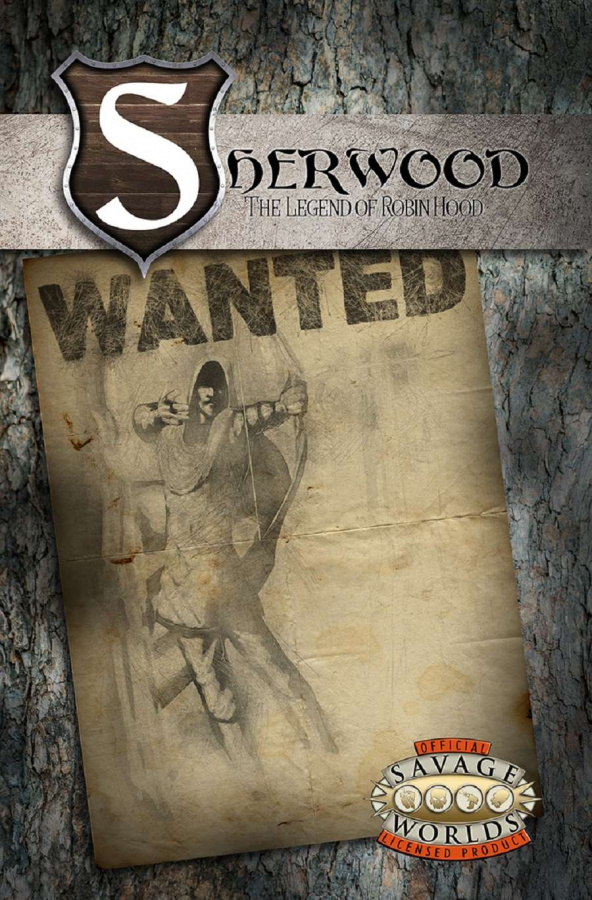
De Koven was an American, but he spent time in England and took a degree at Oxford. Confusingly, his Robin Hood was entitled Maid Marian when it was first produced in England in 1891.

I know nothing of C M Campbell's (1890-1953) Maid Marian (published 1938), but mention should be made of Robin Hood (1890) and Maid Marian (1901), two operettas by Reginald de Koven (1859-1920). Macfarren's opera's popularity is reflected by the dance arrangements Robin Hood Quadrille and Robin Hood Waltz - made from it soon after by the prolific Charles d'Albert. Shield's Robin Hood was performed at least three times in my home town of Doncaster in the late 18th century, appropriately, in view of the local Robin Hood connections mentioned above, and other "operas" on the same theme, compiled by Henry Bishop ( Maid Marian, or The Huntress of Arlingford, based on a novel by Thomas Love Peacock and first produced in December 1822: Bishop's glee Bold Robin Hood, popular up to mid-century, may come from this) and by G A Macfarren ( Robin Hood, 3 acts, first produced at Her Majesty's Theatre on 11 October 1860) were also seen in Doncaster quite soon after their respective London premieres. (It is not clear whether Shield's Marian, premiered at Covent Garden in 1788, represented a return by him to the Sherwood Forest legend). That inveterate compiler of late 18th Century "pasticcio" opera, William Shield produced his Robin Hood, or Sherwood Forest, in 3 acts, at Covent Garden on 17 April 1784, though it seems that, as was usual at that time, some of the music was by hands other than Shield. This was followed just twenty years later by Charles Burney's two-act Robin Hood, described as a "new musical entertainment", which took the stage at Drury lane on 13 December 1750. The first of these "operas" entitled simply Robin Hood, was produced in 1730, a ballad opera in three acts, one of the first wave of such effusions, which appeared in the wake of The Beggars' Opera. It is scarcely surprising that such a major figure in English folklore should appear widely in British music, and especially in opera, or what passed for it in the eighteenth and early nineteenth centuries. Robin Hood and the Curtall Fryer is in Parthenia (1611). Songs about Robin dated back to medieval times and include Ah Robin (Cornyshe), Robin Hood and the Stranger, Bonny Sweet Robin, Robin Hood and Allan-a-Dale and others to be found even in Scottish sources. Sherwood Forest is inextricably linked with him in the legends, but there are as many references to the area of Yorkshire just north of Doncaster and others to other parts of England. The legends were current in medieval England before 1400, though certain aspects including Maid Marian, were accretions from the Tudor and even later periods.

To link him in the legend with Richard Coeur de Lion suggests an existence in the late 12th century, but the evidence for an historical Robin is strongest during the first half of the 14th century. Historians will argue when, where and even whether, Robin Hood actually existed.


 0 kommentar(er)
0 kommentar(er)
